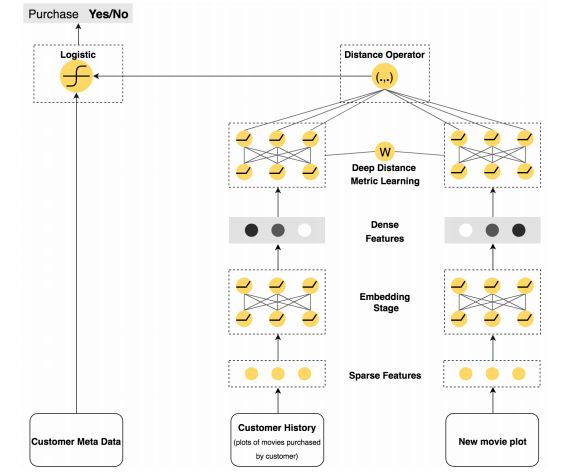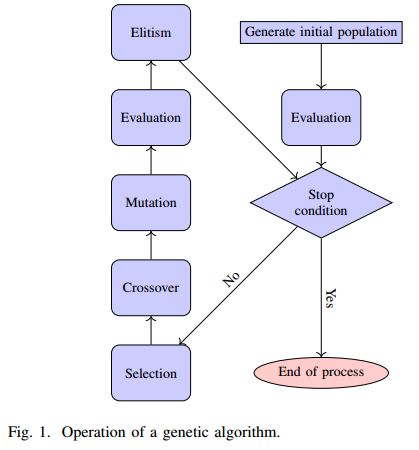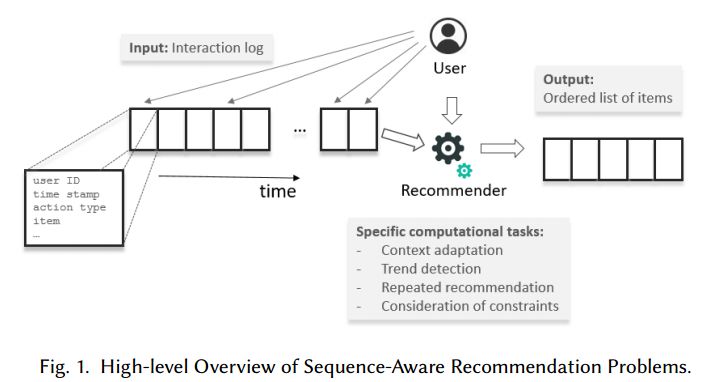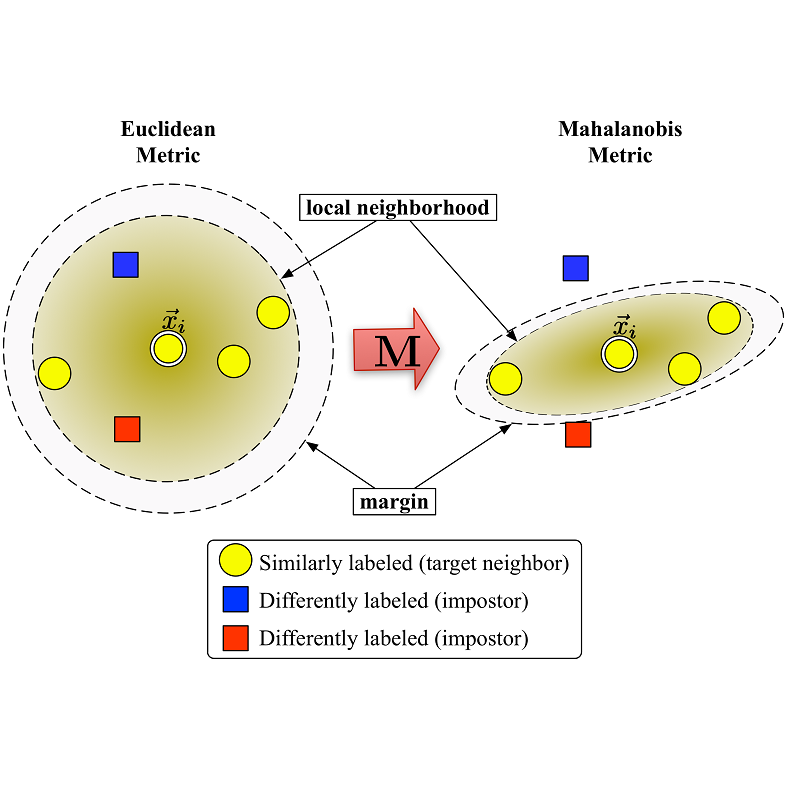【论文推荐】最新七篇推荐系统相关论文—协同度量学习、SQL-Rank、用户行为与神经网络、隐私价格、贝叶斯、 IoT、序列感知
【导读】专知内容组整理了最近七篇推荐系统(Recommender System)相关文章,为大家进行介绍,欢迎查看!
1. Collaborative Metric Learning Recommendation System: Application to Theatrical Movie Releases(协同度量学习推荐系统:应用于影院电影发行)
作者:Miguel Campo,JJ Espinoza,Julie Rieger,Abhinav Taliyan
摘要:Product recommendation systems are important for major movie studios during the movie greenlight process and as part of machine learning personalization pipelines. Collaborative Filtering (CF) models have proved to be effective at powering recommender systems for online streaming services with explicit customer feedback data. CF models do not perform well in scenarios in which feedback data is not available, in cold start situations like new product launches, and situations with markedly different customer tiers (e.g., high frequency customers vs. casual customers). Generative natural language models that create useful theme-based representations of an underlying corpus of documents can be used to represent new product descriptions, like new movie plots. When combined with CF, they have shown to increase the performance in cold start situations. Outside of those cases though in which explicit customer feedback is available, recommender engines must rely on binary purchase data, which materially degrades performance. Fortunately, purchase data can be combined with product descriptions to generate meaningful representations of products and customer trajectories in a convenient product space in which proximity represents similarity. Learning to measure the distance between points in this space can be accomplished with a deep neural network that trains on customer histories and on dense vectorizations of product descriptions. We developed a system based on Collaborative (Deep) Metric Learning (CML) to predict the purchase probabilities of new theatrical releases. We trained and evaluated the model using a large dataset of customer histories, and tested the model for a set of movies that were released outside of the training window. Initial experiments show gains relative to models that do not train on collaborative preferences.
期刊:arXiv, 2018年3月1日
网址:
http://www.zhuanzhi.ai/document/4f51a249175b1ce00f26f6ab55a89013
2. SQL-Rank: A Listwise Approach to Collaborative Ranking(SQL-Rank:一个列表式的协同排序方法)
作者:Liwei Wu,Cho-Jui Hsieh,James Sharpnack
摘要:In this paper, we propose a listwise approach for constructing user-specific rankings in recommendation systems in a collaborative fashion. We contrast the listwise approach to previous pointwise and pairwise approaches, which are based on treating either each rating or each pairwise comparison as an independent instance respectively. By extending the work of (Cao et al. 2007), we cast listwise collaborative ranking as maximum likelihood under a permutation model which applies probability mass to permutations based on a low rank latent score matrix. We present a novel algorithm called SQL-Rank, which can accommodate ties and missing data and can run in linear time. We develop a theoretical framework for analyzing listwise ranking methods based on a novel representation theory for the permutation model. Applying this framework to collaborative ranking, we derive asymptotic statistical rates as the number of users and items grow together. We conclude by demonstrating that our SQL-Rank method often outperforms current state-of-the-art algorithms for implicit feedback such as Weighted-MF and BPR and achieve favorable results when compared to explicit feedback algorithms such as matrix factorization and collaborative ranking.
期刊:arXiv, 2018年3月1日
网址:
http://www.zhuanzhi.ai/document/a5dfe5ec2f7babc9b251afea51799e5e
3. Hybrid User Behavioral Analysis with Deep Neural Network for Notifications/Pop-ups Recommendation(基于混合用户行为分析与深度神经网络的通知/弹出式推荐)
作者:TonTon Hsien-De Huang,Hung-Yu Kao
机构:National Cheng Kung University,Cheetah Mobile Taiwan Agency
摘要:With the emergence of mobile and wearable devices, push notification becomes a powerful tool to connect and maintain the relationship with App users, but sending inappropriate or too many messages at the wrong time may result in the App being removed by the users. In order to maintain the retention rate and the delivery rate of advertisement, we adopt Deep Neural Network (DNN) to develop a notification/pop-up recommendation system enabled by collaborative filtering-based user behavioral analysis. We further verified the system with real data collected from the product Security Master, Clean Master and CM Browser, supported by Leopard Mobile Inc. (Cheetah Mobile Taiwan Agency). In this way, we can know precisely about users' preference and frequency to click on the push notification/pop-ups, decrease the troublesome to users efficiently, and meanwhile increase the click through rate of push notifications/pop-ups.
期刊:arXiv, 2018年2月28日
网址:
http://www.zhuanzhi.ai/document/0f88a2ca29e9e709d7156df7e20afc46
4. Together or Alone: The Price of Privacy in Collaborative Learning(共同或单独:协同学习中的隐私价格)
作者:Balazs Pejo,Qiang Tang
机构:University of Luxembourg,Luxembourg Institute of Science and Technology
摘要:Machine Learning is a widely-used method for prediction generation. These predictions are more accurate when the model is trained on a larger dataset. On the other hand, the data is usually divided amongst different entities. For privacy reasons, the training can be done locally and then the model can be safely aggregated amongst the participants. However, if there are only two participants in \textit{Collaborative Learning}, the safe aggregation loses its power since the output of the training already contains much information about the participants. To resolve this issue, they must employ privacy-preserving mechanisms, which inevitably affect the accuracy of the model. In this paper, we model the training process as a two-player game where each player aims to achieve a higher accuracy while preserving its privacy. We introduce the notion of \textit{Price of Privacy}, a novel approach to measure the effect of privacy protection on the accuracy of the model. We develop a theoretical model for different player types, and we either find or prove the existence of a Nash Equilibrium with some assumptions. Moreover, we confirm these assumptions via a Recommendation Systems use case: for a specific learning algorithm, we apply three privacy-preserving mechanisms on two real-world datasets. Finally, as a complementary work for the designed game, we interpolate the relationship between privacy and accuracy for this use case and present three other methods to approximate it in a real-world scenario.
期刊:arXiv, 2018年2月28日
网址:
http://www.zhuanzhi.ai/document/0d3e45a89ede5d6072d61605abc4dcc1
5. A Bayesian Model for Activities Recommendation and Event Structure Optimization Using Visitors Tracking(使用访客跟踪的活动推荐和事件结构优化的贝叶斯模型)
作者:Henrique X. Goulart,Guilherme A. Wachs-Lopes
摘要:In events that are composed by many activities, there is a problem that involves retrieve and management the information of visitors that are visiting the activities. This management is crucial to find some activities that are drawing attention of visitors; identify an ideal positioning for activities; which path is more frequented by visitors. In this work, these features are studied using Complex Network theory. For the beginning, an artificial database was generated to study the mentioned features. Secondly, this work shows a method to optimize the event structure that is better than a random method and a recommendation system that achieves ~95% of accuracy.
期刊:arXiv, 2018年2月28日
网址:
http://www.zhuanzhi.ai/document/cb5fa1b947225405e76db15a04f0f8c5
6. Information and Environment: IoT-Powered Recommender Systems(信息和环境:以iot为动力的推荐系统)
作者:Jim Hahn
机构:University Library, University of Illinois Urbana, IL
摘要:Internet of Things (IoT) infrastructure within the physical library environment is the basis for an integrative, hybrid approach to digital resource recommenders. The IoT infrastructure provides mobile, dynamic wayfinding support for items in the collection, which includes features for location-based recommendations. The evaluation and analysis herein clarified the nature of users' requests for recommendations based on their location, and describes subject areas of the library for which users request recommendations. The results indicated that users of IoT-based recommendations are interested in a broad distribution of subjects, with a short-head distribution from this collection in American and English Literature. A long-tail finding showed a diversity of topics that are recommended to users in the library book stacks with IoT-powered recommendations.
期刊:arXiv, 2018年2月28日
网址:
http://www.zhuanzhi.ai/document/cb8176a7c27240734a48c9e84b73f4fb
7. Sequence-Aware Recommender Systems(序列感知的推荐系统)
作者:Massimo Quadrana,Paolo Cremonesi,Dietmar Jannach
摘要:Recommender systems are one of the most successful applications of data mining and machine learning technology in practice. Academic research in the field is historically often based on the matrix completion problem formulation, where for each user-item-pair only one interaction (e.g., a rating) is considered. In many application domains, however, multiple user-item interactions of different types can be recorded over time. And, a number of recent works have shown that this information can be used to build richer individual user models and to discover additional behavioral patterns that can be leveraged in the recommendation process. In this work we review existing works that consider information from such sequentially-ordered user- item interaction logs in the recommendation process. Based on this review, we propose a categorization of the corresponding recommendation tasks and goals, summarize existing algorithmic solutions, discuss methodological approaches when benchmarking what we call sequence-aware recommender systems, and outline open challenges in the area.
期刊:arXiv, 2018年2月23日
网址:
http://www.zhuanzhi.ai/document/0caea118c3639ddf9004fef14ad9457f
-END-
专 · 知
人工智能领域主题知识资料查看获取:【专知荟萃】人工智能领域26个主题知识资料全集(入门/进阶/论文/综述/视频/专家等)
同时欢迎各位用户进行专知投稿,详情请点击:
【诚邀】专知诚挚邀请各位专业者加入AI创作者计划!了解使用专知!
请PC登录www.zhuanzhi.ai或者点击阅读原文,注册登录专知,获取更多AI知识资料!
请扫一扫如下二维码关注我们的公众号,获取人工智能的专业知识!
请加专知小助手微信(Rancho_Fang),加入专知主题人工智能群交流!
点击“阅读原文”,使用专知!














